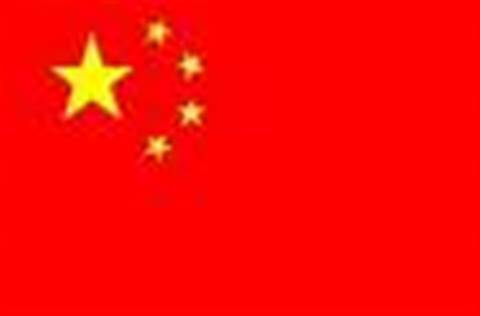China's chip makers will spend US$9.8bn expanding production capacity between 2006 and 2008, according to research published yesterday.
The total capital expenditure on chip production in China over the next three years will be substantially greater than the US$8.7bn spent over the past five years by US chip makers, reported the SEMI industry association.
Spending on chip-making equipment in China will surge from US$1bn last year to US$2.55bn in 2008, the association predicts, based on interviews with industry executives and government officials.
While Chinese chip makers still lag some way behind the cutting edge, the country's technology is being steadily upgraded.
Chip manufacturing plants, which build chips on large 12" (300mm) wafers and use more advanced technologies, are becoming "major drivers for capital spending in the China market", SEMI reported.
Spending is driven by surging demand from China's huge electronics manufacturing industry. Chinese companies spent $40.5bn on chips last year, an increase of 32 percent year-on-year, according to research firm IC Insights.
Beijing-based research firm Analysys International puts the Chinese chip market's value even higher, at around US$46bn in 2005. However, only about a quarter of this demand, around US$9bn, was met by local manufacturers.
Although prospects are positive for China's existing chip makers, the free-for-all period is coming to a close as the Chinese market becomes less open to new players, according to SEMI.
"Investment trends are evolving in China, and the future is more promising for new fab projects by established semiconductor manufacturers rather than new entrants," said Mark Ding, president of SEMI China.
"Fab projects that bring advanced technology and significant foreign investment will find financing and government support more readily available."
However, fabs that fail to get strong government backing or support from foreign partners will have difficulty breaking into the market in the future, according to Ding.
SEMI's forecasts also suggest that the market for second-hand chip making equipment is increasing in size as a proportion of the total market.
Between 2006 and 2008, second-hand equipment sales to Chinese fabs will rise from 15 percent to 25 percent of the total, the organisation predicts.
Most Chinese chip makers make heavy use of second-hand equipment, with some outfitting their fabs almost entirely with used machinery imported from abroad.
But they are able to do this only because their production facilities are several years behind the leading edge.
Typical second-hand chip equipment prices are just 60 to 70 percent of new prices. This represents substantial savings on outfitting costs that can be measured in the high hundreds of millions of dollars.
China chip growth outpacing the US
By
Simon Burns
on Sep 13, 2006 9:59AM

Got a news tip for our journalists? Share it with us anonymously here.
Partner Content

Promoted Content
From Insight to Opportunity: How SMB Service Demand is Shaping the Next Growth Wave for Partners

Channel faces AI-fuelled risk as partners lag on data resilience, Dicker Data summit told

Shure Microsoft Certified Audio for Teams Rooms
_(11).jpg&h=142&w=230&c=1&s=1)
The Compliance Dilemma for Technology Partners: Risk, Revenue, and Reputation

Tech Buying Budgets for SMBs on the Rise






.jpg&w=100&c=1&s=0)
_(8).jpg&w=100&c=1&s=0)









